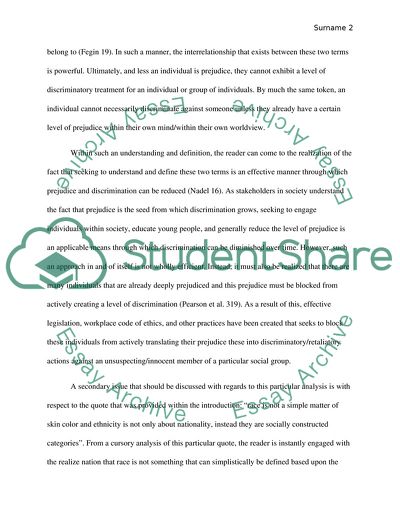Cite this document
(An Argumentative Investigation into Determinants of Race and Racism Report Example | Topics and Well Written Essays - 1500 words - 1, n.d.)
An Argumentative Investigation into Determinants of Race and Racism Report Example | Topics and Well Written Essays - 1500 words - 1. https://studentshare.org/social-science/1842735-racism
An Argumentative Investigation into Determinants of Race and Racism Report Example | Topics and Well Written Essays - 1500 words - 1. https://studentshare.org/social-science/1842735-racism
(An Argumentative Investigation into Determinants of Race and Racism Report Example | Topics and Well Written Essays - 1500 Words - 1)
An Argumentative Investigation into Determinants of Race and Racism Report Example | Topics and Well Written Essays - 1500 Words - 1. https://studentshare.org/social-science/1842735-racism.
An Argumentative Investigation into Determinants of Race and Racism Report Example | Topics and Well Written Essays - 1500 Words - 1. https://studentshare.org/social-science/1842735-racism.
“An Argumentative Investigation into Determinants of Race and Racism Report Example | Topics and Well Written Essays - 1500 Words - 1”. https://studentshare.org/social-science/1842735-racism.


